Did you know cats have over 230 bones in their bodies? That's a lot of moving parts for a feline who's always leaping, pouncing, and squeezing into odd places.
So it's no surprise that a sprained leg in cats is possible. Whether your kitty took a clumsy jump off the couch or zigged when they should've zagged, a sprain can happen fast.
But don't worry, there's a lot you can do. Stick around to learn how to spot the signs and help your feline friend bounce back.
What Is a Sprained Leg in Cats?

A sprained leg happens when the ligaments in your cat's limbs stretch too far or twist or bend the wrong way. It's a type of soft tissue injury that can make your feline friend limp, hide, or act a little off. You might spot an injured limb or swelling if you look closely at your feline's leg.
Sprain vs. Fracture What's the Difference?
A sprained leg is a soft tissue trauma where ligaments get stretched or torn. A fracture means the actual bone cracks or breaks. Sprains often show up with limping and swelling, while a broken leg can look bent or totally out of shape. Both need attention, but sprains are less severe. If you see an odd limb position, bend, or severe pain, contact your vet right away.
How Do Cats Sprain Their Legs?
Cats can get a leg sprain from slipping, leaping from high spots, or just landing wrong during play. A wild jump, a wobbly landing, or even chasing a toy too hard can twist a cat's limbs. These moments might seem small but can lead to an injured leg that needs rest. Outdoor cats tend to be at higher risk for this kind of misstep.
Common Causes of a Cat Spraining Its Leg
Cats might act like tiny superheroes, but their leaps and zoomies can lead to mishaps. A sprained leg isn't always easy to spot in pets right away. Below are a few common reasons why your feline friend might end up with an injured limb or a surprise limp.
Jumping From High Surfaces
Your cat may love climbing the tallest shelves like it's Mount Everest. But that dramatic leap can lead to a sprained leg if the landing goes sideways. Jumping from beds, counters, or trees can overstretch the ligaments in your feline's leg. This kind of leg injury is a common reason cats begin limping or showing signs of a soft tissue injury after a fall.
Slipping or Twisting While Playing
Cats love to chase, pounce, and dart around corners. But one sharp turn or zoom across a slick floor can twist an injured leg into trouble. This can stretch the ligaments too far, leading to a cat sprain. If your cat begins limping or shows signs of an injured limb personality change, playtime might be the cause of the trouble.
Accidents or Rough Landings
Not every leap ends in a perfect pose. A clumsy fall or misstep during wild zoomies can cause a cat's limbs to land the wrong way. This often results in a soft tissue trauma or even an injured cat. These traumatic injuries may not look serious at first but can bring swelling or a slight limp that needs attention.
Signs Your Cat May Have a Sprained Leg
Cats might not speak, but their bodies sure do. A cat sprained leg can show up in sneaky little ways. Keep your eyes peeled for any strange movements or changes in mood. The signs below can help you spot an injured limb early on.
Limping or Avoiding Pressure
If your cat begins limping or won't put weight on one leg, that's your first big clue. A leg sprain can make walking feel uncomfortable, so they may hop or keep the paw lifted. Watch how your cat walks or moves around. If one affected leg seems off, it's time to pay attention.
Swelling or Tenderness
Notice a puffed-up paw or your cat flinching when touched? That could mean soft tissue injury. A swollen limb or tenderness around the affected area often means the body is reacting to strain. Feeling around your feline friend's leg can help spot a minor injury before it becomes a bigger issue.
Hiding or Acting Withdrawn
Cats love their alone time, but if yours is hiding more than usual, something might be up. Injured cats often keep to themselves and may stop playing or interacting like they used to. This kind of behavior change can be a big sign of hiding pain or dealing with a sprained leg.
How to Comfort a Cat With a Sprained Leg
Your feline friend deserves extra love when they're nursing a sprained leg. A little comfort and care go a long way in helping your injured cat feel safe and supported. Below are simple ways that may ease their soreness and promote recovery.
Create a Safe, Confined, and Quiet Resting Space
Cats love cozy corners, especially when they're not feeling their best. Set up a soft bed in a low, quiet space to help your cat recuperate. Place their food, water, and litter box close by so they don’t have to move around too much. The goal is to limit movement, provide rest, and avoid further problems while giving the affected limb time to heal.
Apply Gentle Cold or Warm Compresses
A cold compress can ease swelling while a warm one helps with stiffness in the affected leg. Always test the temperature and wrap it in a cloth first. Apply gently to the affected area for a few minutes at a time. This can ease soreness from a soft tissue injury and promote comfort.
Consider CBD to Promote Soothing Support

CBD may offer some natural comforting support for cats dealing with soreness or joint aches. It may also promote relaxation and rest which are good for recovery. We provide CBD options made specifically for cats like our calming soft chews, crunchy bites, tincture oils, and capsules. All our products are made with broad-spectrum CBD oil, meaning no THC but all the good plant-based stuff your pet needs to stay chill and comfy.
Minimize Jumping and Movement
Jumping onto beds or chasing shadows might be normal, but it's best to pause the action for now. Block off high places and give your cat indoors some chill time. Movement can slow healing or cause a further complication. Stick to soft steps, cozy corners, and extra treats while your injured leg rests.
Gentle Massage or Passive Range of Motion
If your vet gives the green light, a gentle massage or slow leg movement can help your cat's movements improve over time. Focus on keeping the affected leg loose, but never force anything. This can support joint fluid circulation and prevent stiffness from settling in.
When to Take Your Cat to the Vet
Sometimes, a cat-sprained leg is more than just a tweak. If your feline friend shows signs that seem a little too serious, it's time to get expert eyes on that injured limb. A veterinary appointment may be the safest next step. Watch for these signs:
- Leg held in an odd position
- Open wound or visible bleeding
- Extreme swelling or heat
- Not able to bear weight
- Limping for several weeks
- Sudden lack of appetite or mood change
- Difficulty walking or jumping
- The injured limb personality feels different
Final Thoughts – Leg Sprains In Cats
A cat-sprained leg might seem small, but it can throw off your feline friend's whole groove. Thankfully, with the right care, comfort, and a bit of patience, most cats bounce back just fine.
Watch their cat's signs, give them rest, and support their joint health however you can. HolistaPet offers natural options like CBD treats to help soothe and support your pets, whether they're resting, healing, or just needing a little extra comfort. Because every paw matters, and every step forward should feel good.







![Probiotics For Dogs [Soft Chews] - HolistaPet](http://www.holistapet.com/cdn/shop/files/Probiotic-Infographic-1_472d7a29-e30c-435a-9638-1365d8c3a9f9.jpg?v=1725384841&width=104)
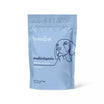








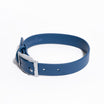
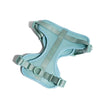
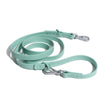
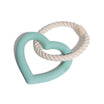

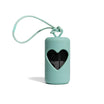



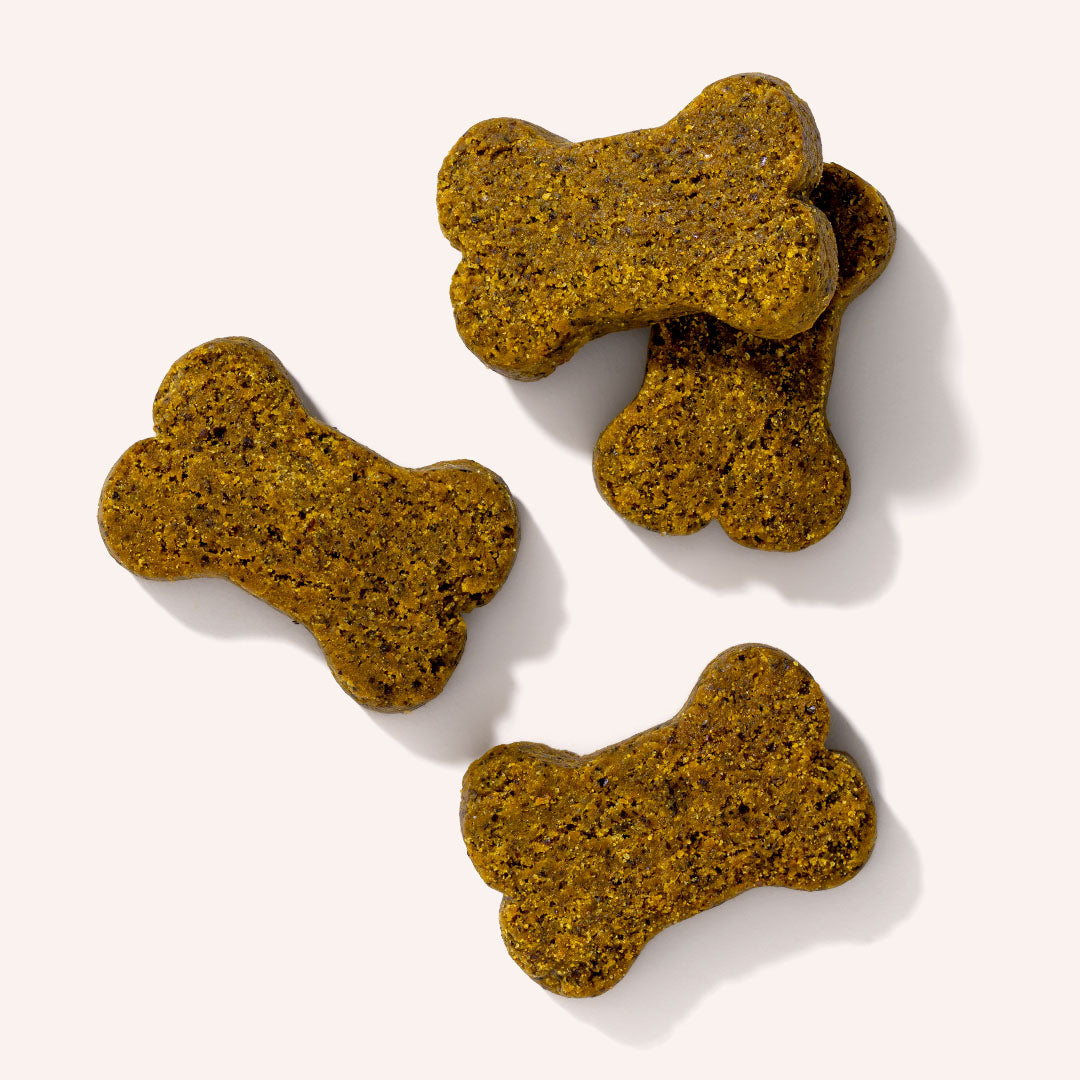

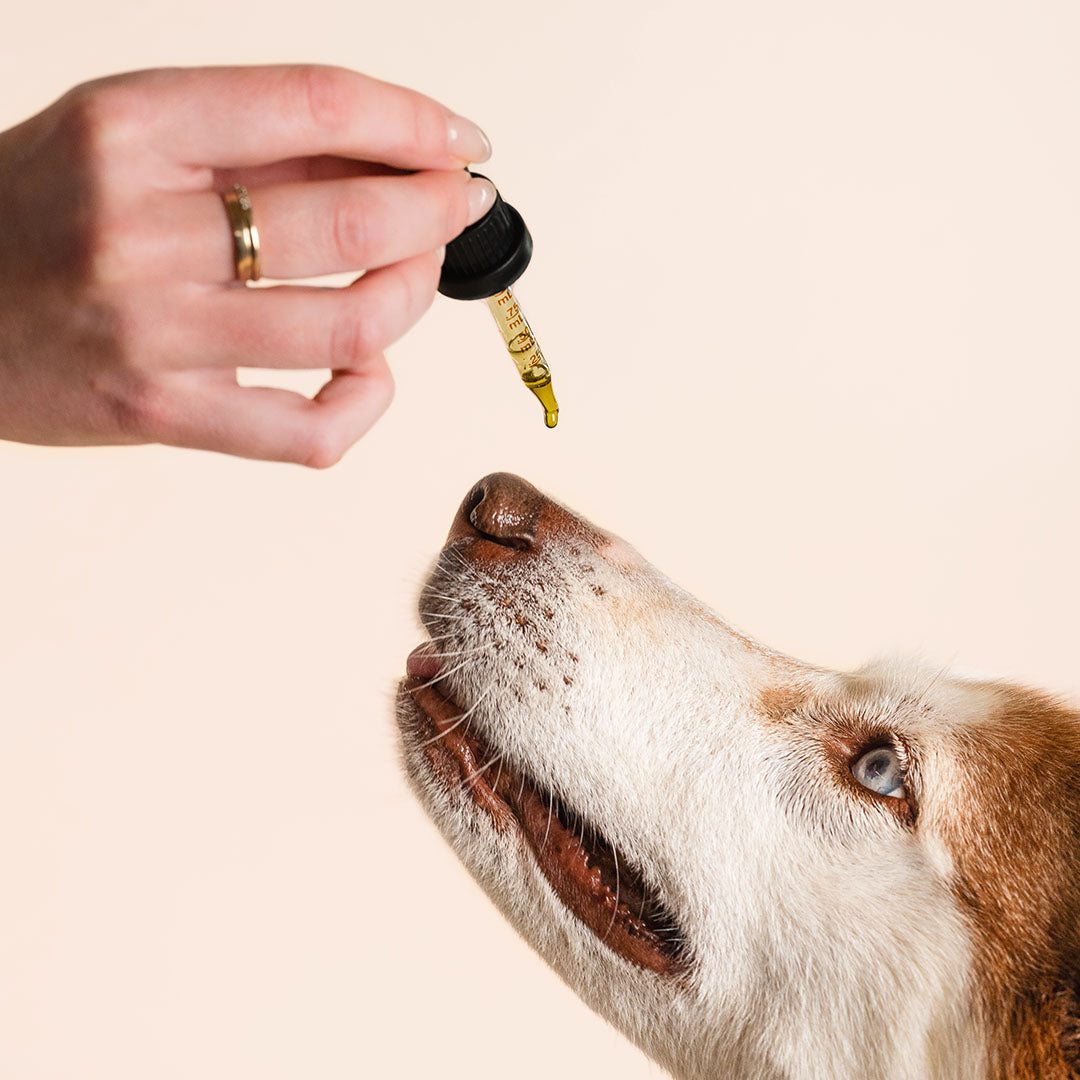



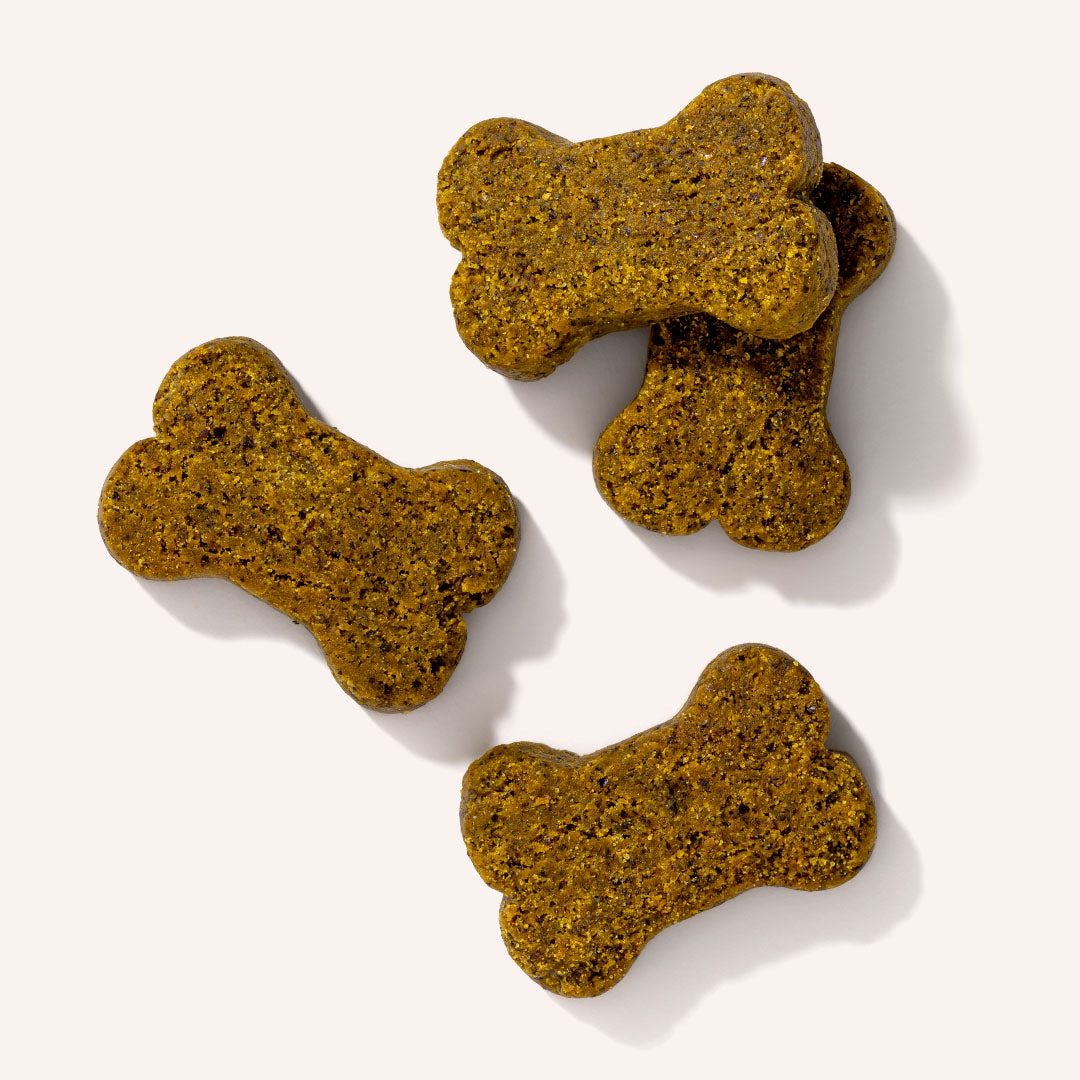

Leave a comment
All comments are moderated before being published.
This site is protected by hCaptcha and the hCaptcha Privacy Policy and Terms of Service apply.